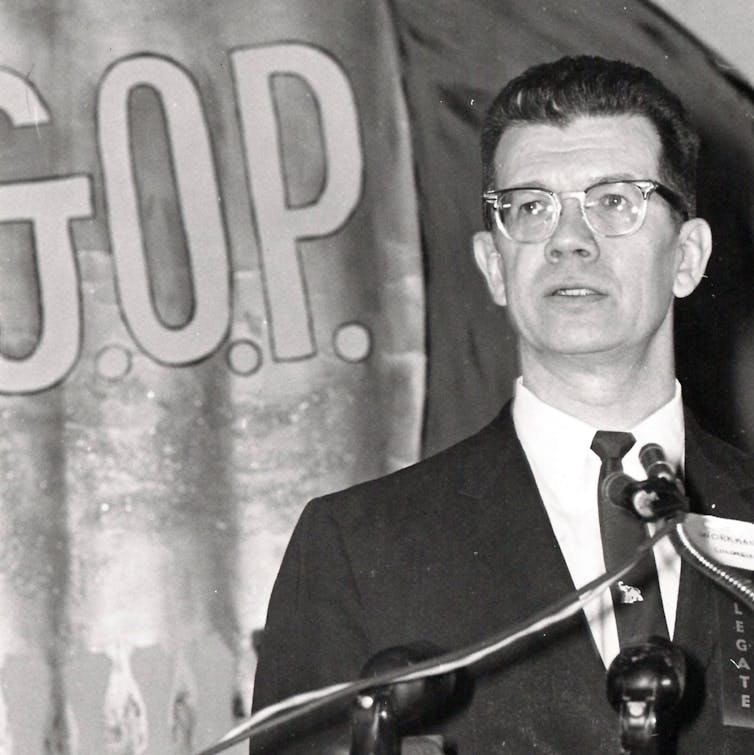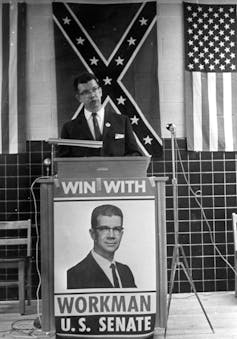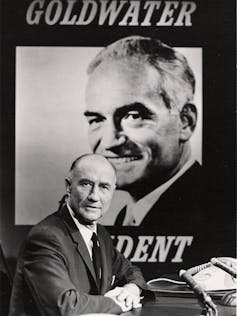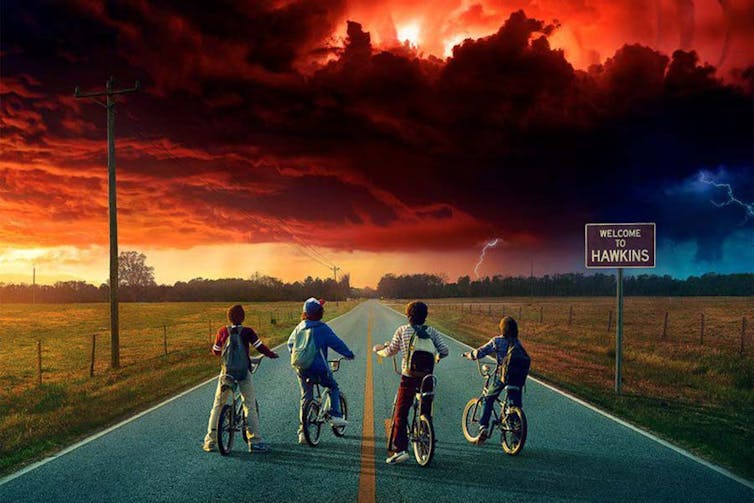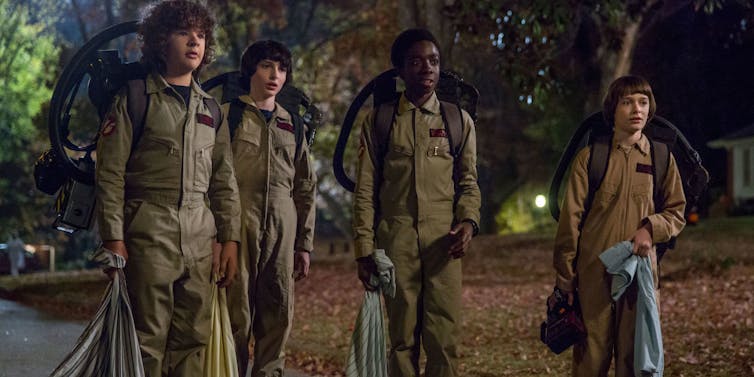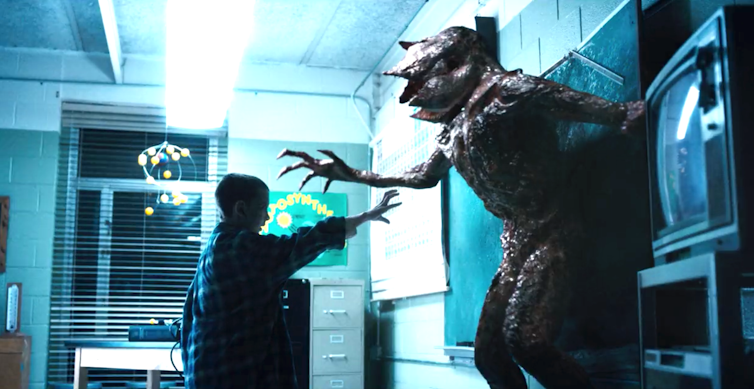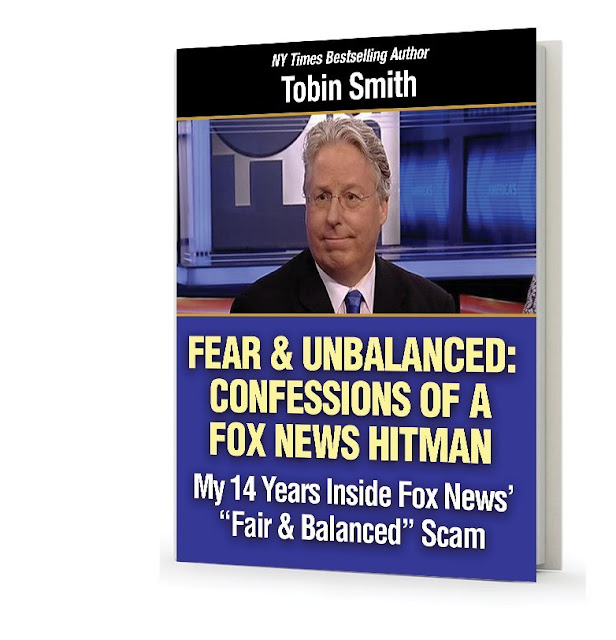 |
| Vladimir Putin's War on Information (Image via kbia.org) |
In a new series of online articles launched by the Eurozine network of cultural journals, 13 cultural journalists and academics from across Europe, plus U.S. writers, examine in-depth the phenomena of fake news, post-truth and disinformation.Eurozine's focal point 'Disinformation and Democracy' combines empirical studies at national levels with theoretical discussion of the politics of post-truth; analyses of contemporary developments with intellectual and conceptual histories; and investigations of the political fringes, asking: what now constitutes democratic 'normality'?
⏩ It's impossible to ignore Russia's role in these phenomena.
- Markus Wehner gives an overview of the strategy and techniques of Russian 'infowar'
- Anton Shekhovtsov traces how far-right groups across Europe and the U.S. use Russian web-hosting to spread anti-western propaganda
- Daniel Leisegang assesses the effectiveness of Germany's new law on online hate speech and fake news, given the virtual migration to the Runet. Shifting the focus to eastern Europe
- Milena Iakimova and Dimitar Vatsov explore how, in Bulgaria, Russian propaganda has co-opted western grassroots criticism of liberalism and globalization since 2013. They note: 'We were ... amazed when we started hearing the talking points identified by our study now coming from the mouth of the new U.S. President, Donald Trump.'
- From dialectical materialism to neoliberalism, any politics that lays claims to the truth is both illusory and dangerous, argues Jean-Claude Monod
- Political scientist Joseph Uscinski explores the relationship between conspiracy theorizing and partisanship in the U.S., pointing out: 'If one wants to challenge mainstream wisdom, conspiracy theories are an excellent rhetorical device for doing so.'
- Providing historical perspective, Marci Shore compares western intellectuals' response to the disappointment of 'real-existing communism' with that of the dissidents who lived under it: can a radical concept of truth counter the threat of 'post-modern dictatorships'?
- Valentin Groebner traces a thread of fakery in 'news' right back to the Middle Ages.
 |
| Fake News Invasion (image via thedisorderofthings.com) |
⏩This editorial collaboration within the Eurozine network continued via a series of panel discussions at the 28th European Meeting of Cultural Journals in Tartu, Estonia in October 2017.
The discussions can be viewed below:
-
SOURCE: Eurozine

